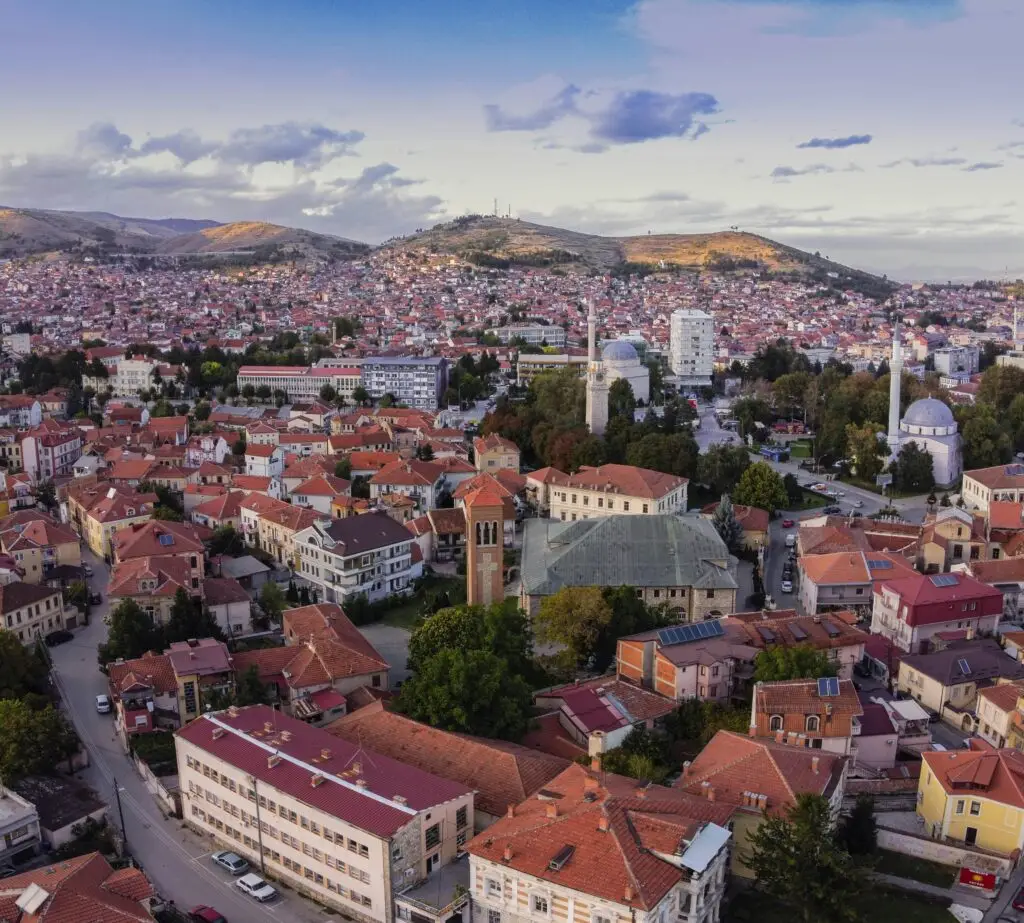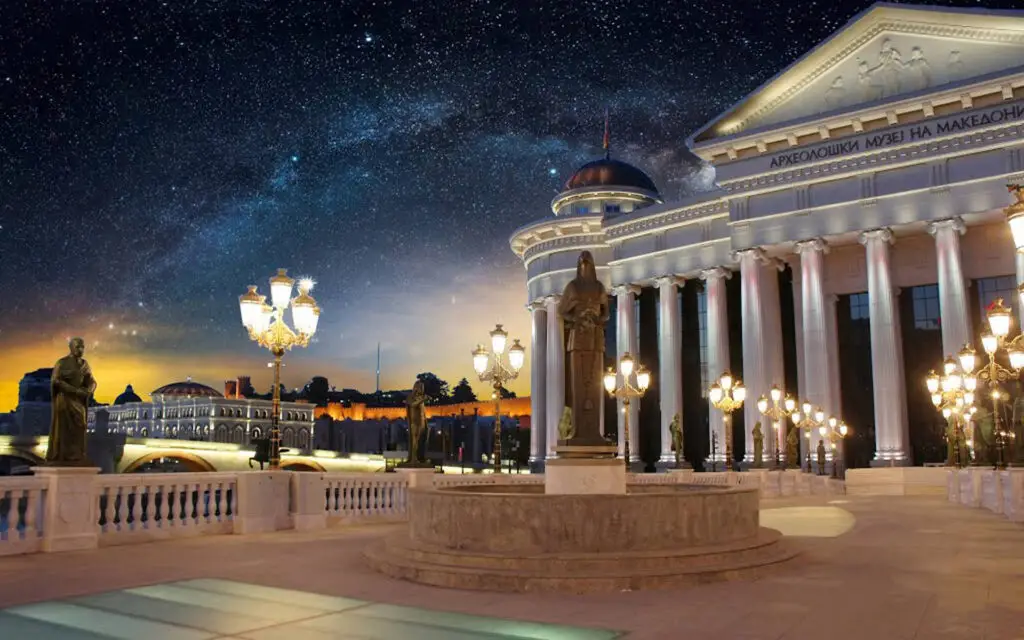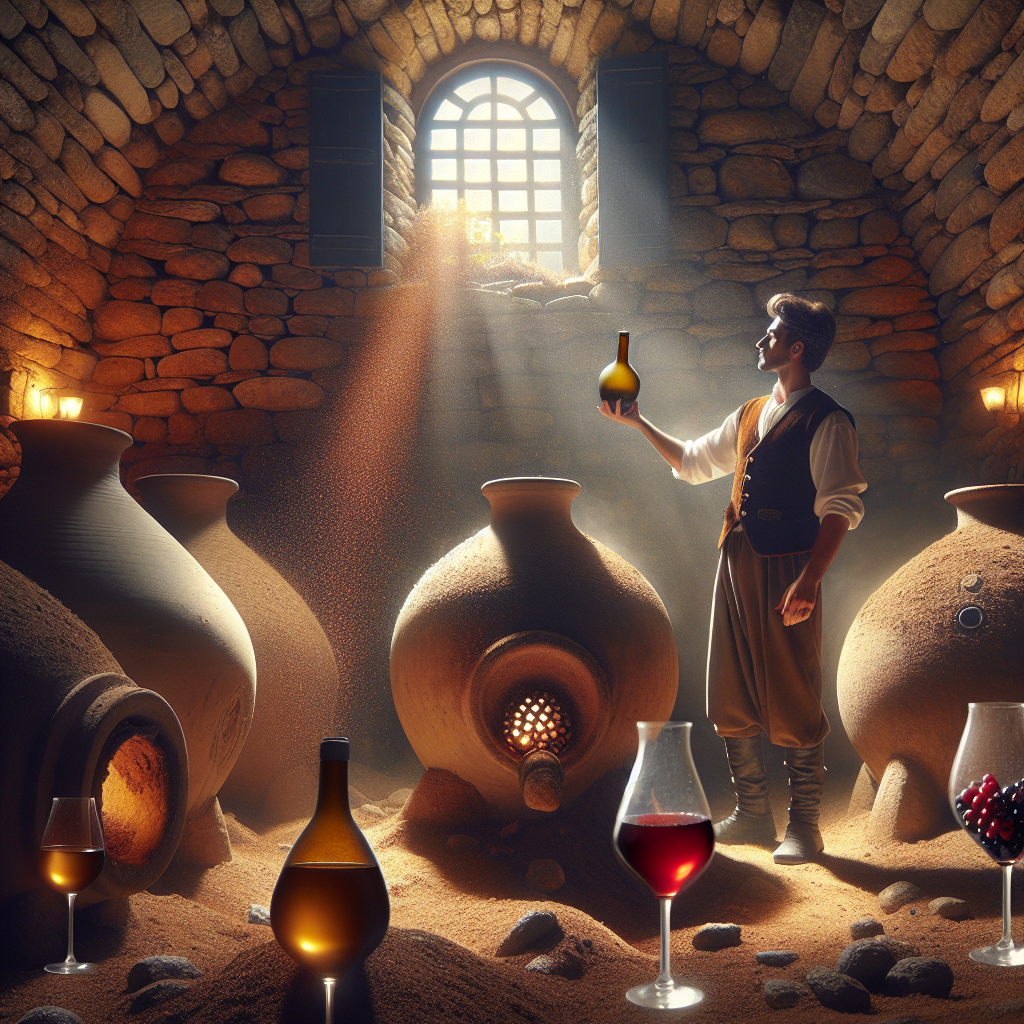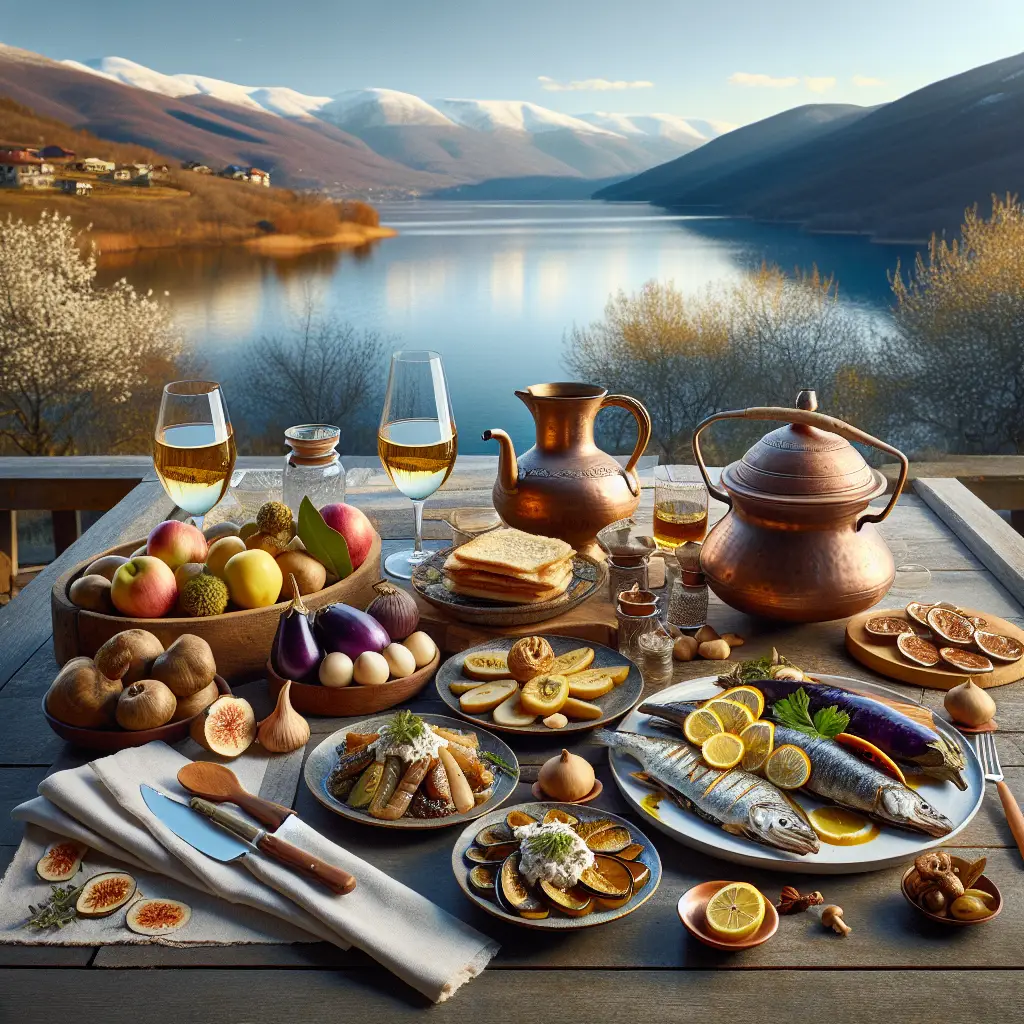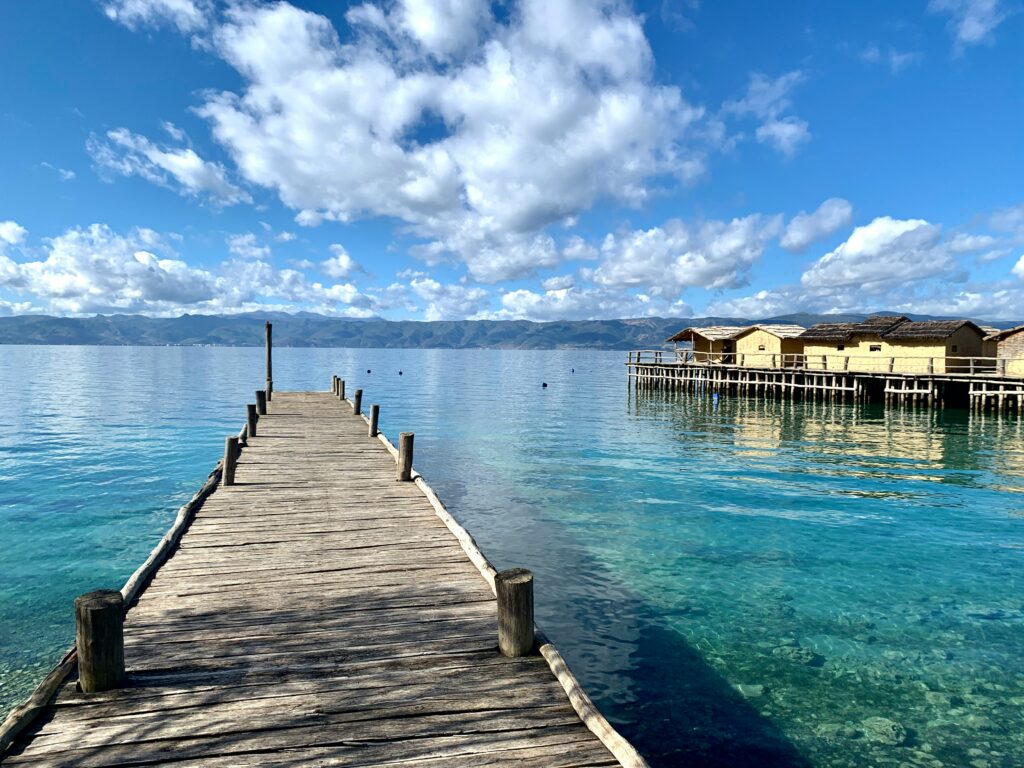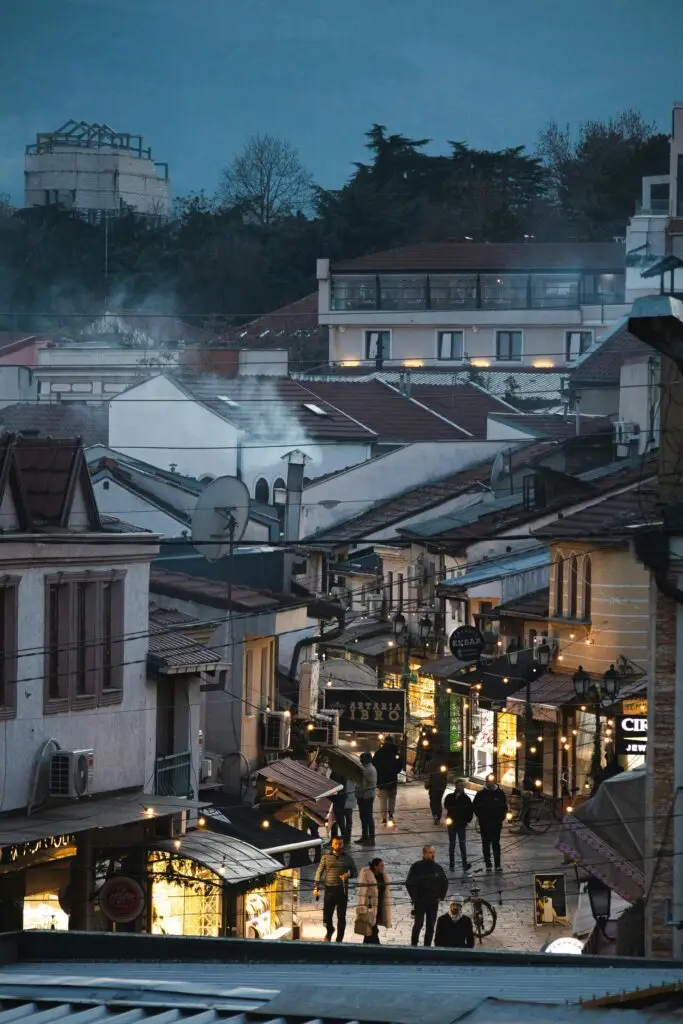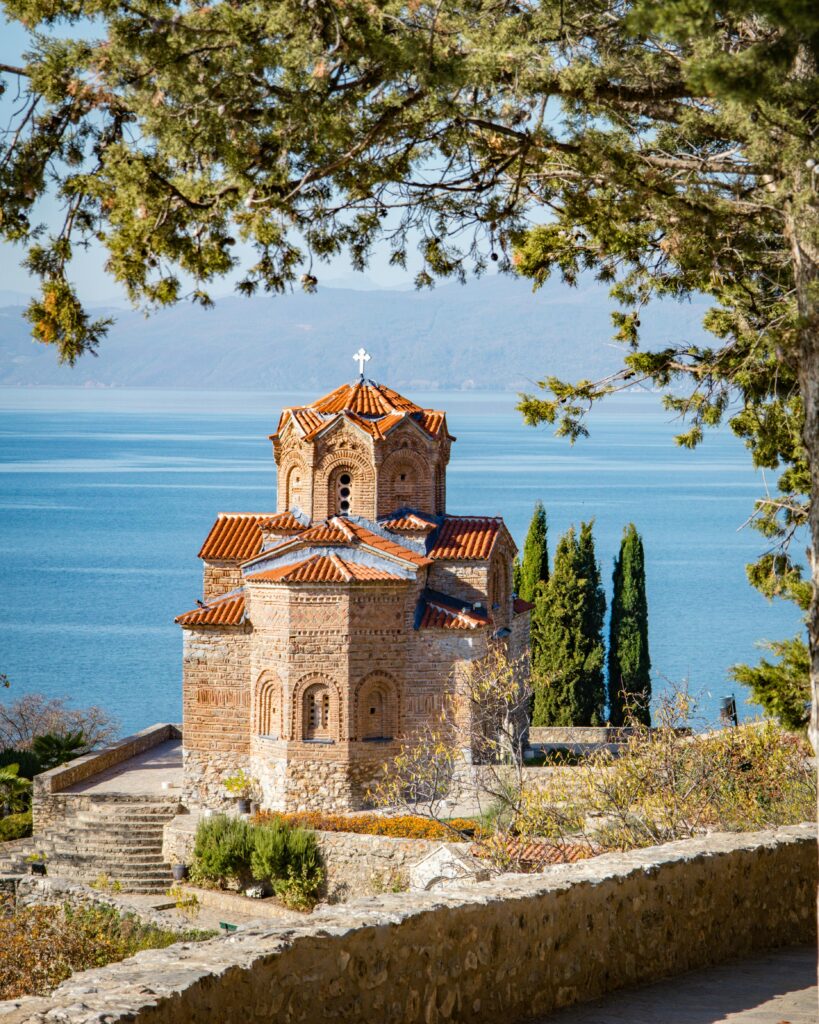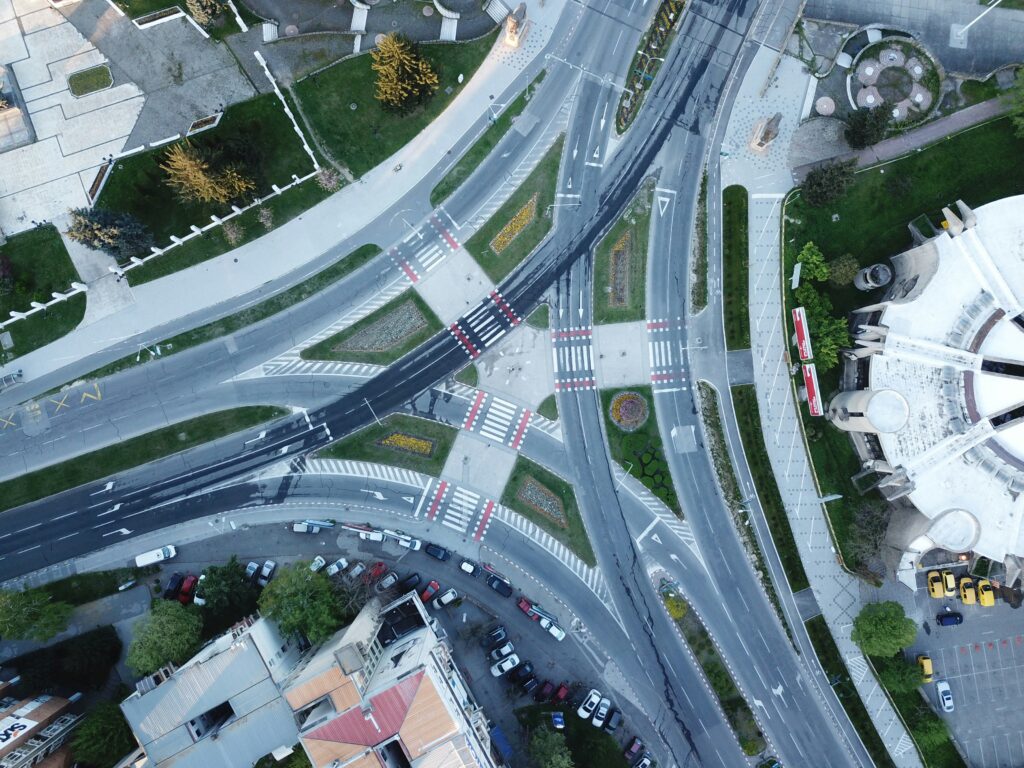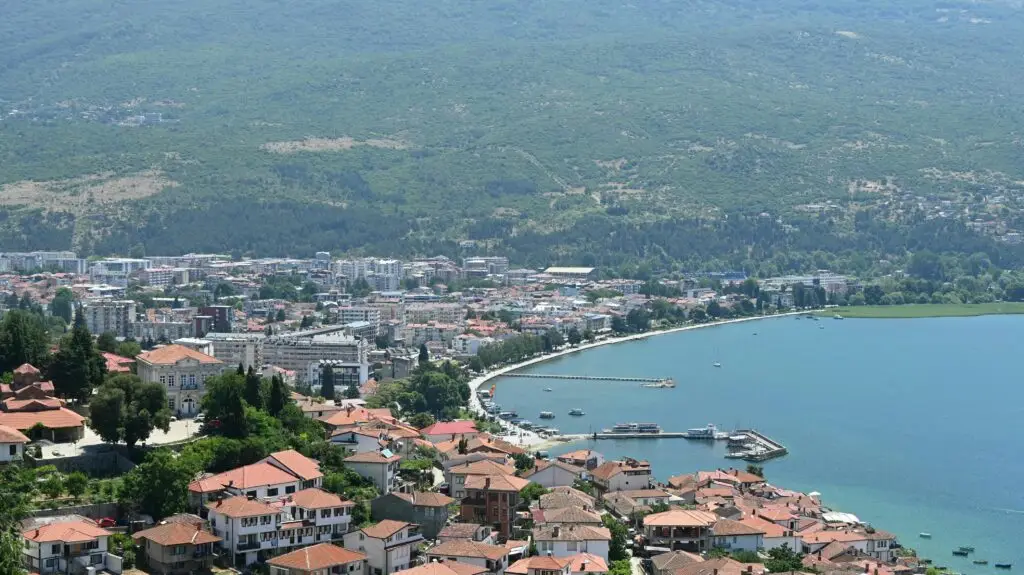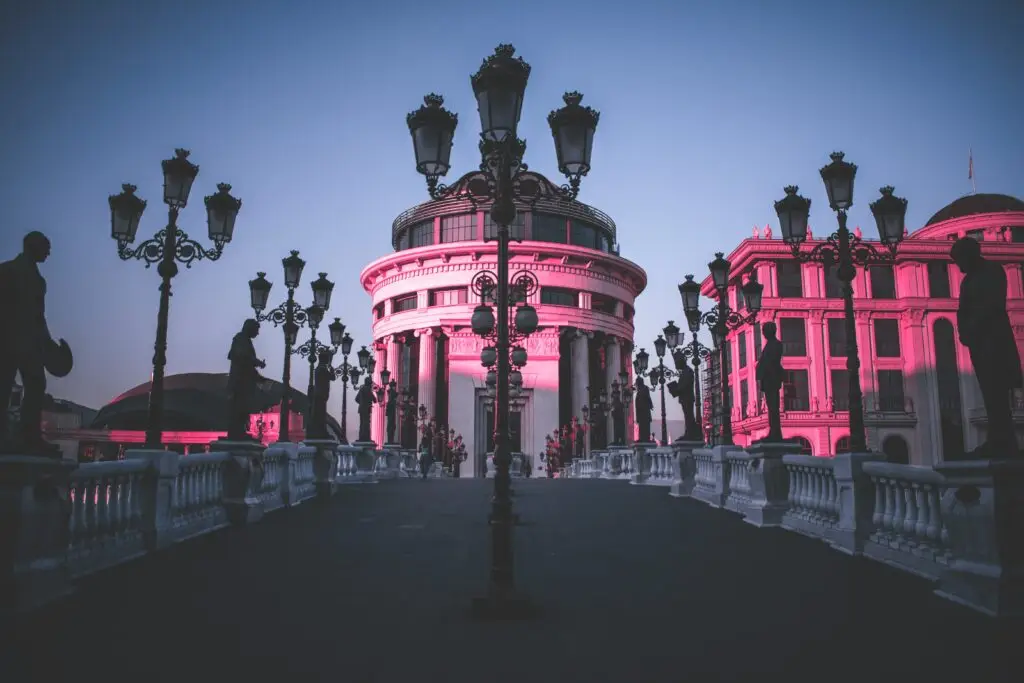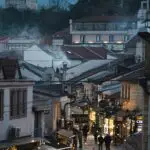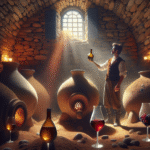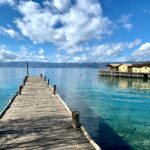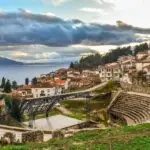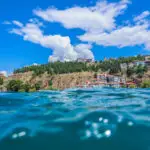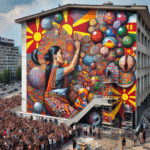Now Reading: Matka Canyon: Skopje’s Wild Escape Just Minutes From the City Centre
-
01
Matka Canyon: Skopje’s Wild Escape Just Minutes From the City Centre
Matka Canyon: Skopje’s Wild Escape Just Minutes From the City Centre
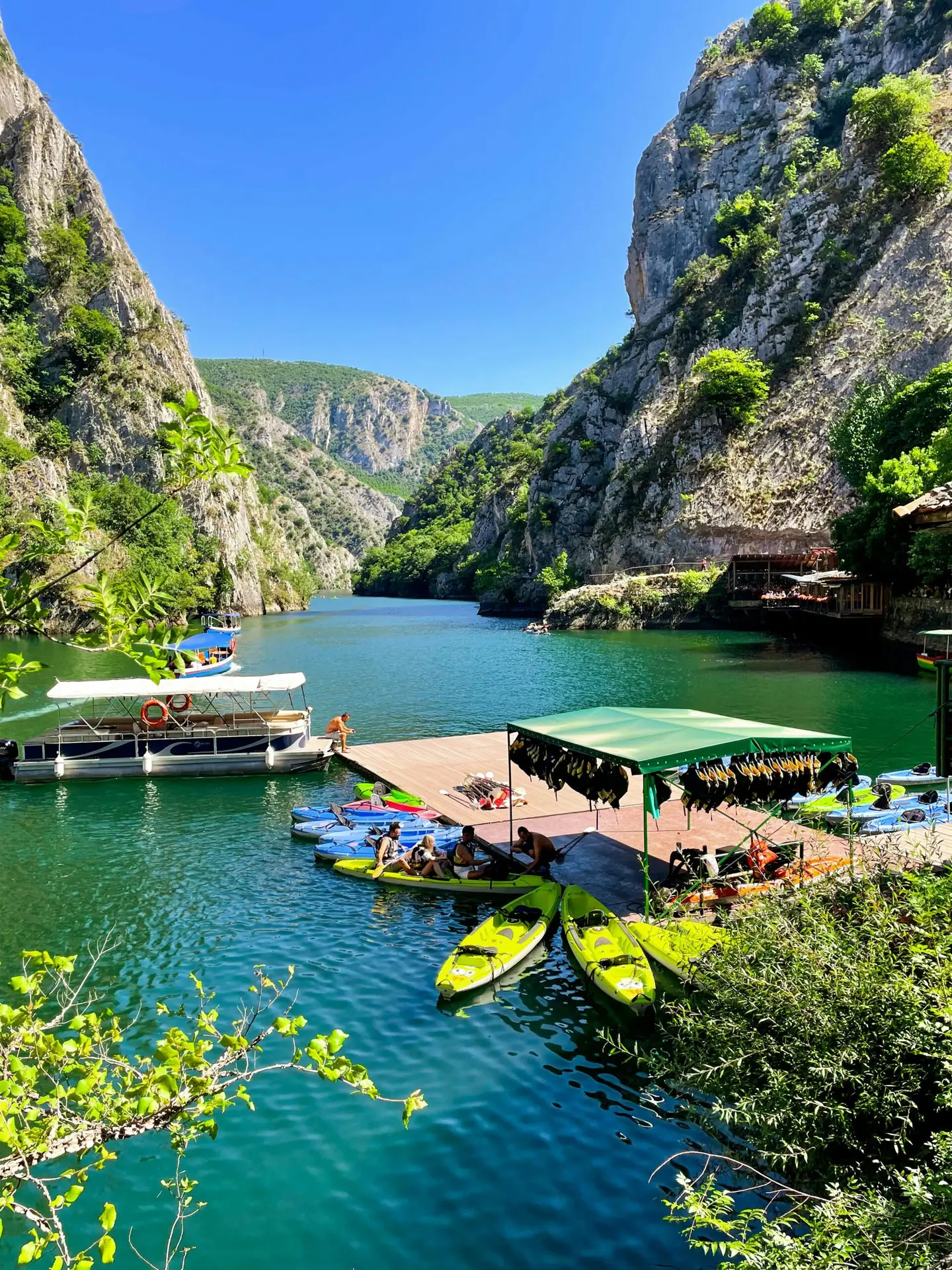
Just 15 kilometres from North Macedonia's bustling capital lies a dramatic limestone gorge where crystal-clear waters, medieval monasteries, and ancient caves create the perfect day trip for nature lovers and cultural explorers alike.
The morning mist still clings to the water as Zoran Jovanovski prepares his wooden boat, just as his father and grandfather did before him. “Even after guiding here for thirty years, I still find new details to appreciate every day,” he says, gesturing toward the towering limestone cliffs that rise dramatically on either side of Canyon Matka, their jagged faces softened by lush greenery.
Located just 15 kilometres from Skopje’s central square – or about 30 minutes by car – Matka Canyon feels worlds away from urban life. Here, the Treska River has carved a spectacular gorge through the mountains, creating North Macedonia’s oldest artificial lake when it was dammed in 1938. The result is a Mediterranean-like landscape of emerald waters flanked by near-vertical cliffs reaching heights of over 250 metres.
“What makes Matka special is how it combines natural wonders with cultural heritage,” explains park ranger Marija Dimitrova. “Within a few square kilometres, you can discover ten medieval churches and monasteries, explore some of Europe’s deepest caves, observe rare wildlife, and enjoy outdoor activities from hiking to kayaking.”
This accessibility and diversity make Matka the perfect day trip for visitors to Skopje seeking respite from the city without sacrificing cultural experiences. The canyon’s main walking trail begins at the picturesque 14th-century Monastery of St. Andrew, built into the cliffside and containing remarkably preserved frescoes. From here, a well-maintained path hugs the lakeshore, offering ever-changing perspectives of the water and cliffs.
“The trail is suitable for anyone with reasonable fitness,” notes Dimitrova. “You can walk just fifteen minutes to enjoy beautiful views, or continue several kilometres deeper into the canyon where few tourists venture.” Those who choose the longer option are rewarded with increasingly dramatic scenery and the chance to visit additional medieval structures like the Church of St. Nicholas Šiševo, where original 14th-century Byzantine paintings remain vibrant.
The lake itself invites exploration by boat, kayak, or stand-up paddleboard. Rental facilities near the dam offer equipment along with basic instruction for beginners. For those preferring guided experiences, Jovanovski and other local boatmen offer trips to Vrelo Cave, a karst formation whose underwater sections extend so deep that they’ve never been fully explored – despite multiple international expeditions attempting to reach its bottom.
“We know more about some parts of Mars than we do about what lies beneath Matka,” laughs speleologist Nikola Stavrev, who guides cave tours during summer months. The accessible portion of Vrelo features impressive stalactites and stalagmites illuminated to highlight their otherworldly forms. “This cave system is extremely important for biodiversity too,” adds Stavrev. “It houses several endemic species found nowhere else on Earth.”
This ecological significance extends throughout the canyon, which serves as a crucial habitat for rare flora and fauna. Sharp-eyed visitors might spot the shy Balkan chamois on higher cliffs, while birdwatchers come specifically to observe some of Europe’s most impressive raptors, including golden eagles and peregrine falcons that nest on inaccessible ledges.
For climbing enthusiasts, Matka offers some of the Balkans’ most spectacular sport climbing routes. Over 100 bolted lines of varying difficulty ascend the canyon walls, attracting climbers from across Europe. Local operator Adventure Macedonia provides equipment and guidance for beginners wanting to try the sport in a controlled environment.
After active exploration, visitors can refuel at Restaurant Canyon Matka, a charming establishment perched directly over the water with terraces offering panoramic views. The menu focuses on traditional Macedonian dishes, with freshwater fish specialities and hearty tavče gravče (baked beans) providing perfect sustenance after a day of adventures.
Matka’s proximity to Skopje means it can be experienced in multiple ways depending on visitors’ preferences and schedules. Early risers might consider arriving at dawn when the canyon is at its most serene and wildlife most active. Photographers often prefer late afternoon when the quality of light brings the cliffs’ colours to life. For a truly magical experience, full moon nights see locals and visitors alike taking nighttime boat rides, when the illuminated monastery against dark cliffs creates unforgettable scenes.
Accessibility options continue to improve as well. While most trails remain rustic, the main pathway from the dam to St. Andrew’s Monastery has been enhanced to accommodate wheelchair users, and several viewpoints have been made more accessible. Public transport options exist via bus from Skopje’s main station, though services are limited to a few daily departures during summer months.
“What visitors often tell me is that they can’t believe such a wild place exists so close to a capital city,” reflects Jovanovski as he guides his boat beneath towering cliffs. “In just half a day, you can experience so many dimensions of Macedonia – our natural beauty, our medieval heritage, our traditions of hospitality – all while escaping the urban environment completely.”
As Skopje continues developing as a city break destination, Matka Canyon offers the perfect complementary experience – a place where nature and history combine to create a distinctly Macedonian landscape that lingers in visitors’ memories long after they’ve returned home.


